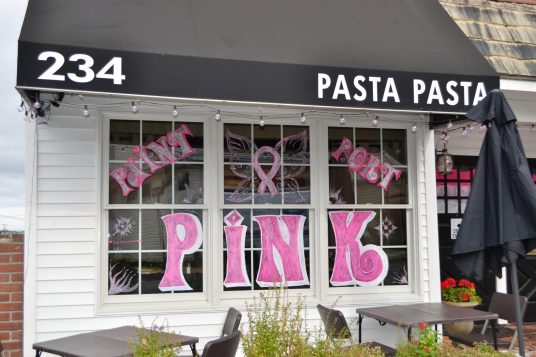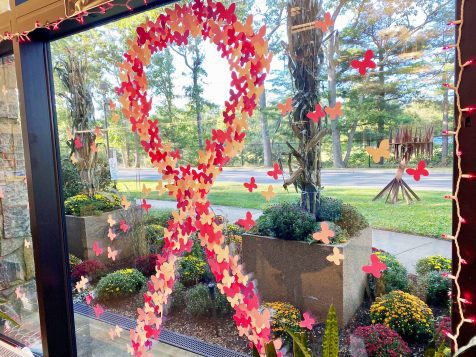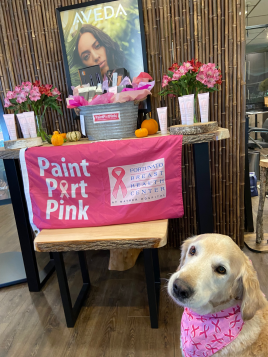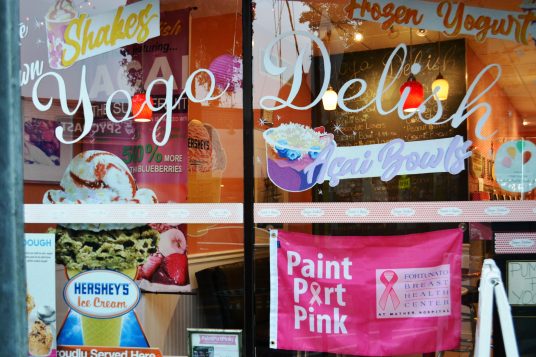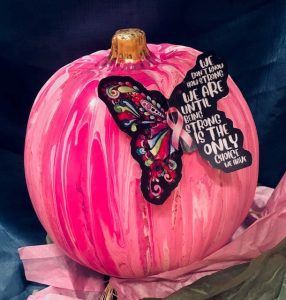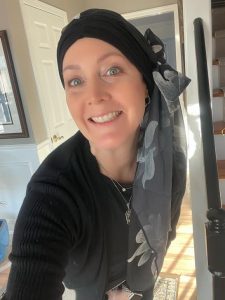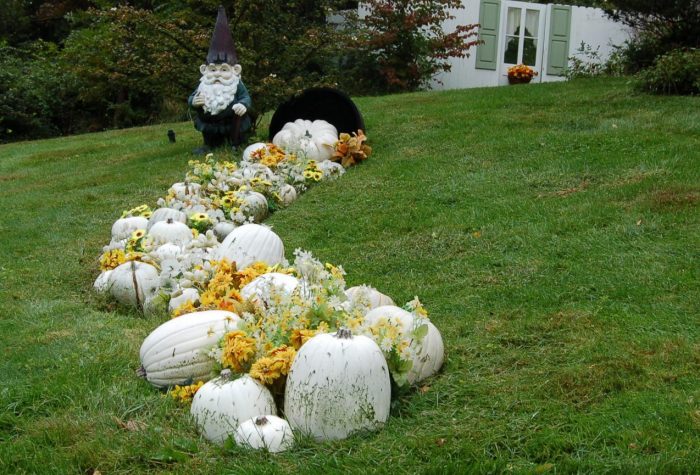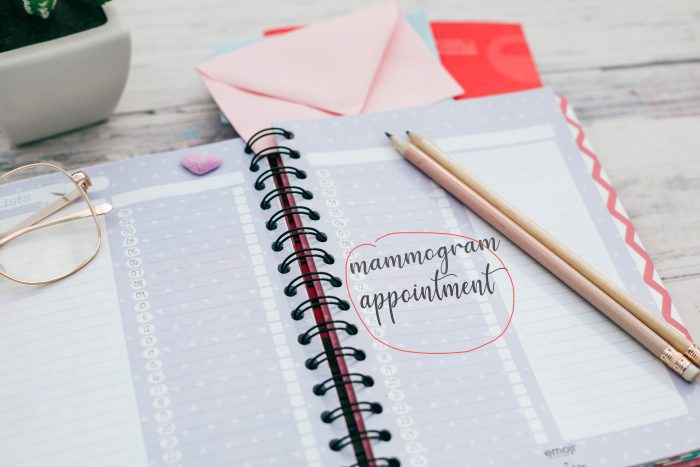Reviewed by Jeffrey Sanzel
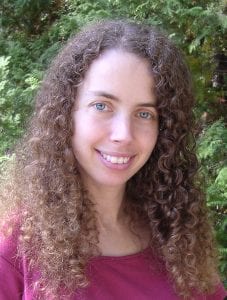
Like many sisters, Even and Odd shared many things:
Their bedroom.
Their closet.
Six pairs of flip-flops.
Use of the living-room TV.
And … magic.
This is the intriguing premise of the gifted, award-winning Sara Beth Durst’s young adult novel, Even and Odd. Sisters Emma and Olivia Berry live in Stony Haven, Connecticut, having moved from the magic land of Firoth. The siblings’ powers manifest on alternate days. Thus, Emma’s nickname is Even, and Oliva’s is Odd.
As they grew, the girls took separate paths. Even has passionately embraced her training and is studying for her level five exams for the Academy of Magic; she wants nothing more than to enter the magic world as a hero. Odd’s interests are grounded in the “real” world; she spends her free time working at an animal shelter and sees her sorcery as a burden.
Durst is a consummate world builder. Her nearly two dozen books contain original mythologies, complete with unique and imaginative rules, histories, and limitations. (Three of her previous, very different novels were reviewed in this paper: The Stone Girl, in May 2018; The Deepest Blue, in June 2019; and The Bone Maker, in May 2021). With Even and Odd, she has created a universe where the known overlaps with the enchanted. And while books about wizards cannot help but recall a bespectacled boy with a lightning scar, Durst’s current offering—with its wry, contemporary wit and easy charm—echoes Peter Beagle’s The Last Unicorn and Piers Anthony’s Xanth series. She writes with a smart sense of humor, penning characters larger than life but wholly relatable. As in her previous works, her dialogue is crisp and honest and always rings true.
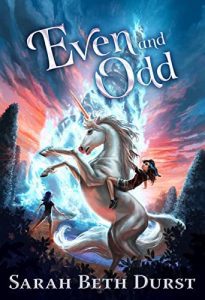 The Berry family runs a border shop, “close to the gateway between worlds,” serving the magical community when its members are in the mundane world. In addition to supplies, it is a source of information. For example, visitors “from Firoth could ask basic questions, such as ‘What is an airplane, and is it going to eat me?” The local gateway is behind Fratelli’s Express Bagel, owned by a wizard who looks like “a carb-and-cream-cheese-bearing Santa Claus.”
The Berry family runs a border shop, “close to the gateway between worlds,” serving the magical community when its members are in the mundane world. In addition to supplies, it is a source of information. For example, visitors “from Firoth could ask basic questions, such as ‘What is an airplane, and is it going to eat me?” The local gateway is behind Fratelli’s Express Bagel, owned by a wizard who looks like “a carb-and-cream-cheese-bearing Santa Claus.”
A normal day immediately shifts when it appears that “magic [is] on the fritz.” Even is briefly stuck as a skunk when she is not able to reverse a transformation. While investigating the gateway, Even and Odd become trapped in Firoth. Teamed up with an energetic young unicorn traveling under the name Jeremy (real name “Shimmerglow”), they confront the villainous Lady Vell, who is draining the magic for nefarious purposes.
The unleashed turmoil has caused shifting geography, with homes landing in dangerous locations, stalked by creatures displaced from their habitats. The author subtly offers a portrait of refugees seeking haven and even a hint of vigilante justice as the population begins to question the ability of the Academy of Magic to cut through its bureaucracy and deal with the dire situation.
The book contains a wide range of unusual beings: Haughty elves, friendly centaurs conducting research, flower fairies that sting, mermaids that screech, and a curmudgeonly but helpful goblin are among the denizens.
While the action is brisk and the adventure is always engaging, Durst’s ability to balance the magical realm with true family dynamics elevates the novel. Even and Odd are close but clash. “For me to be surprised,” quips Odd, “you need not to be predictable!” They seek their parents’ approval and yet yearn for independence. The author wisely chooses for the children to hope that the adults can fix the situation (so often eschewed in literature for young people).
Durst also delves into the doubts that plague Even. She frets over the upcoming magic test:
I have to be ready […] not taking [the exam] would feel like saying she wasn’t as good as kids her age who had magic every day. Maybe even like saying I’ll never be as good as them […] It would be admitting that the little voice of doubt that nagged at her was right, that practicing every other day wasn’t ever going to be enough, and she’d never be ready to be a hero.
Once in Firoth, Even and Odd learn starling facts about their origins. They face a surprising revelation that gives an understanding of the history of the unheard of split magic. This leads to further introspection but does not deter them from entering danger for the greater good.
Even and Odd is a wonderful book about and filled with enchantment. Durst deals with misguided and false assumptions about self, but also the ability to learn and grow. The story’s heart celebrates inherently different sisters who are bonded by love. Even and Odd embraces the normal and fantastic and weaves a shared magic all its own.
Award-winning author Sarah Beth Durst lives in Stony Brook with her husband, her children, and her ill-mannered cat. Pick up a copy of Even and Odd online at www.amazon.com or www.barnesandnoble.com. For more information, visit sarahbethdurst.com.


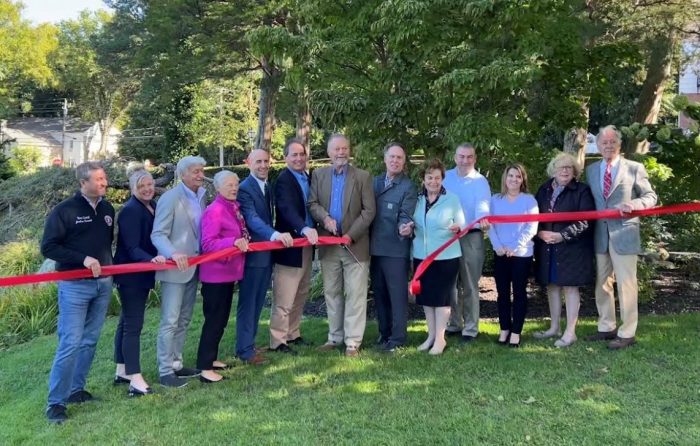
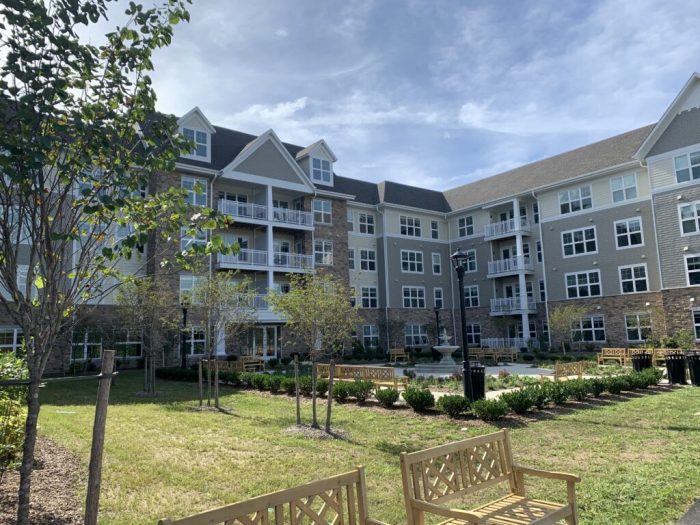









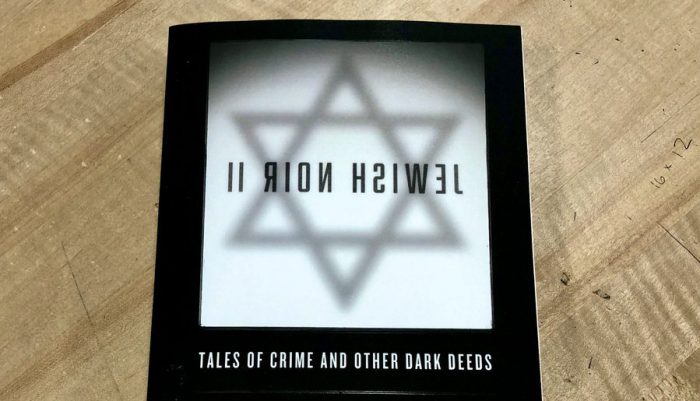
 As indicated by the title, the over-arching element is Judaism. But the editors offer a range of perspectives, from religious to cultural. Some stories feature Jewish identity at their core; in others, the elements remain peripheral. In an age steeped in fear and a global rise in antisemitism, many of these short pieces — subtly and directly — address the toxicity embroiled therein. Osman indicates in the introduction, “What I do know is that this anthology is important. And the stories in this book apply to everyone.”
As indicated by the title, the over-arching element is Judaism. But the editors offer a range of perspectives, from religious to cultural. Some stories feature Jewish identity at their core; in others, the elements remain peripheral. In an age steeped in fear and a global rise in antisemitism, many of these short pieces — subtly and directly — address the toxicity embroiled therein. Osman indicates in the introduction, “What I do know is that this anthology is important. And the stories in this book apply to everyone.”
